The Remarkable Evolution of Car Design and Technology from 1900 to 2023
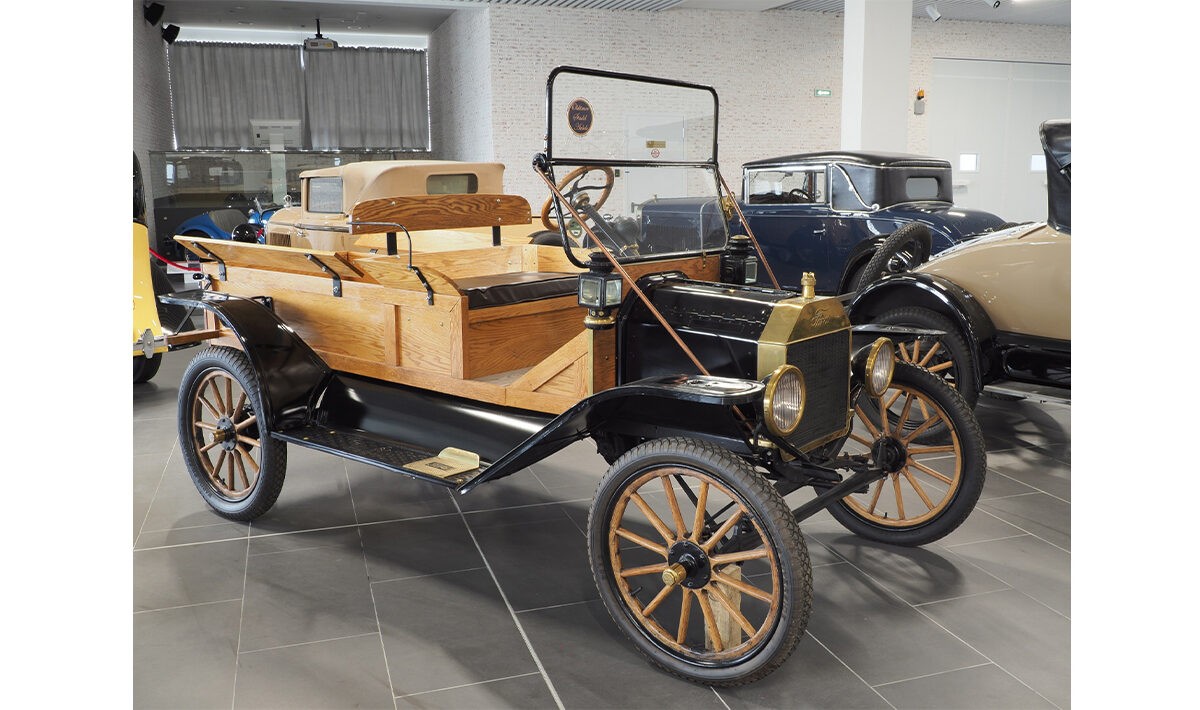
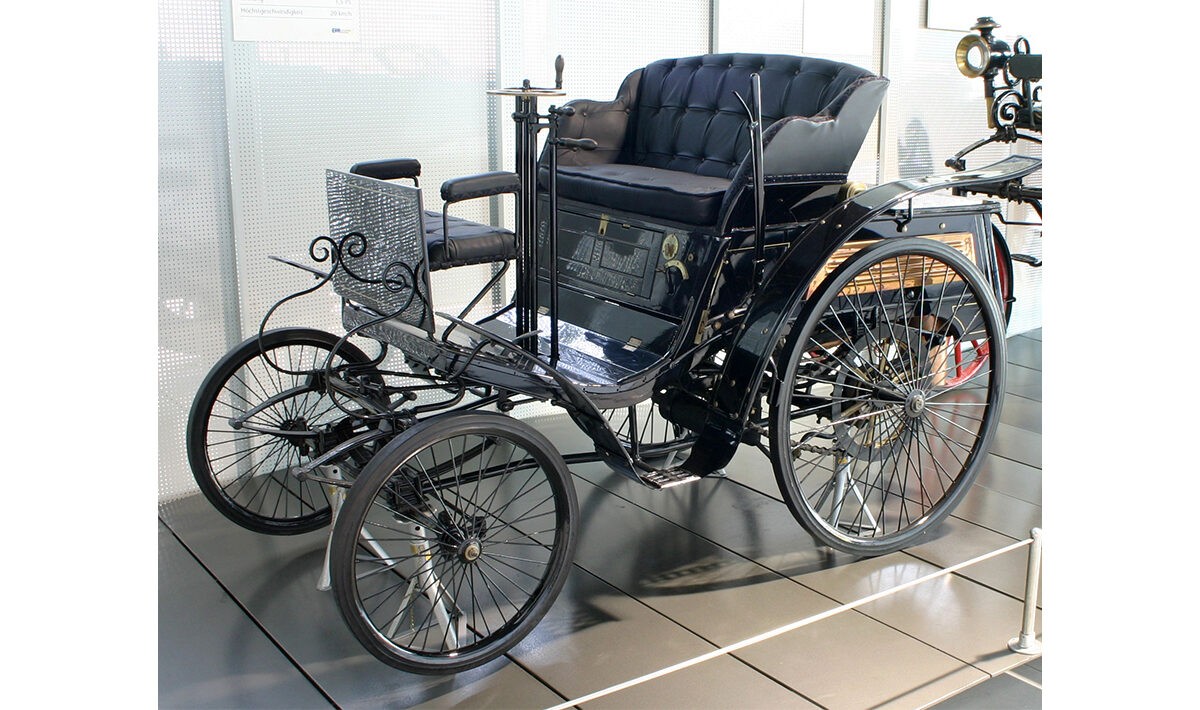
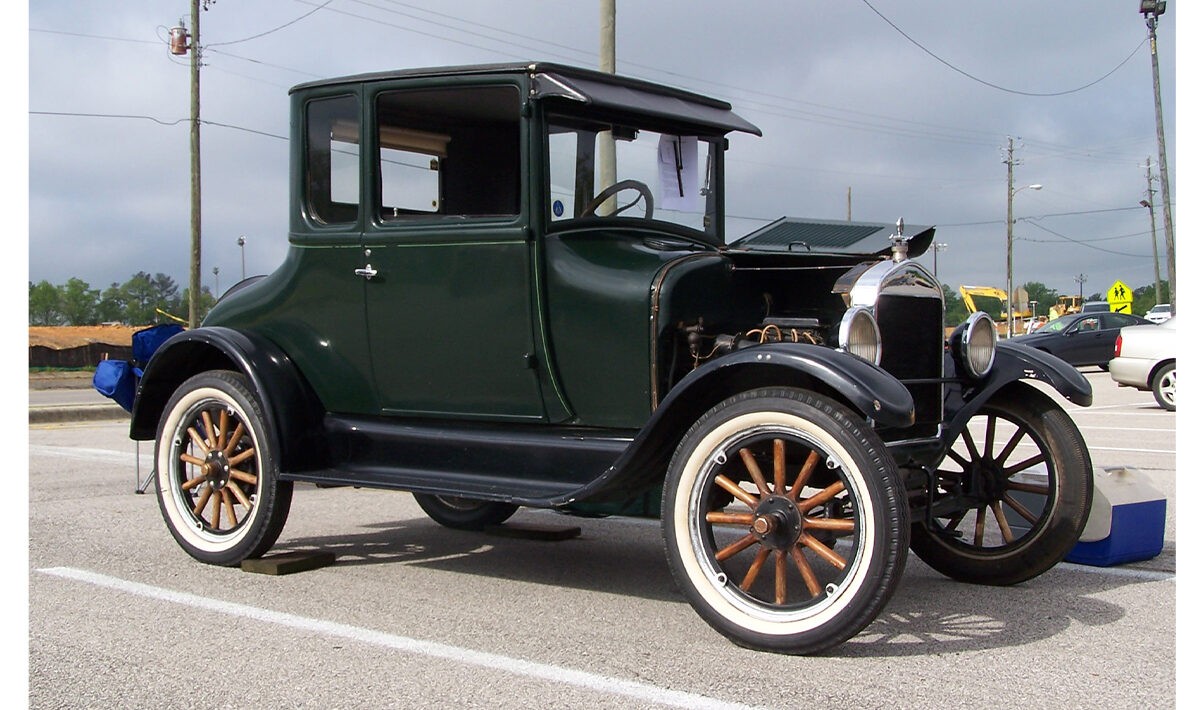
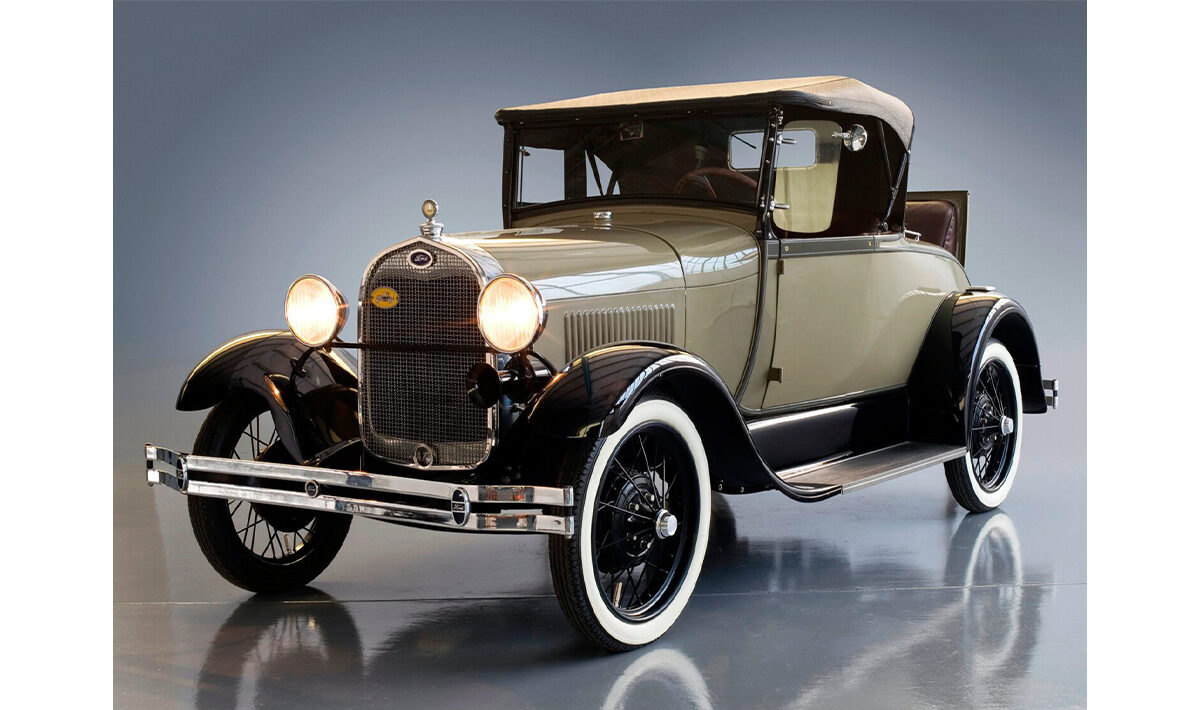
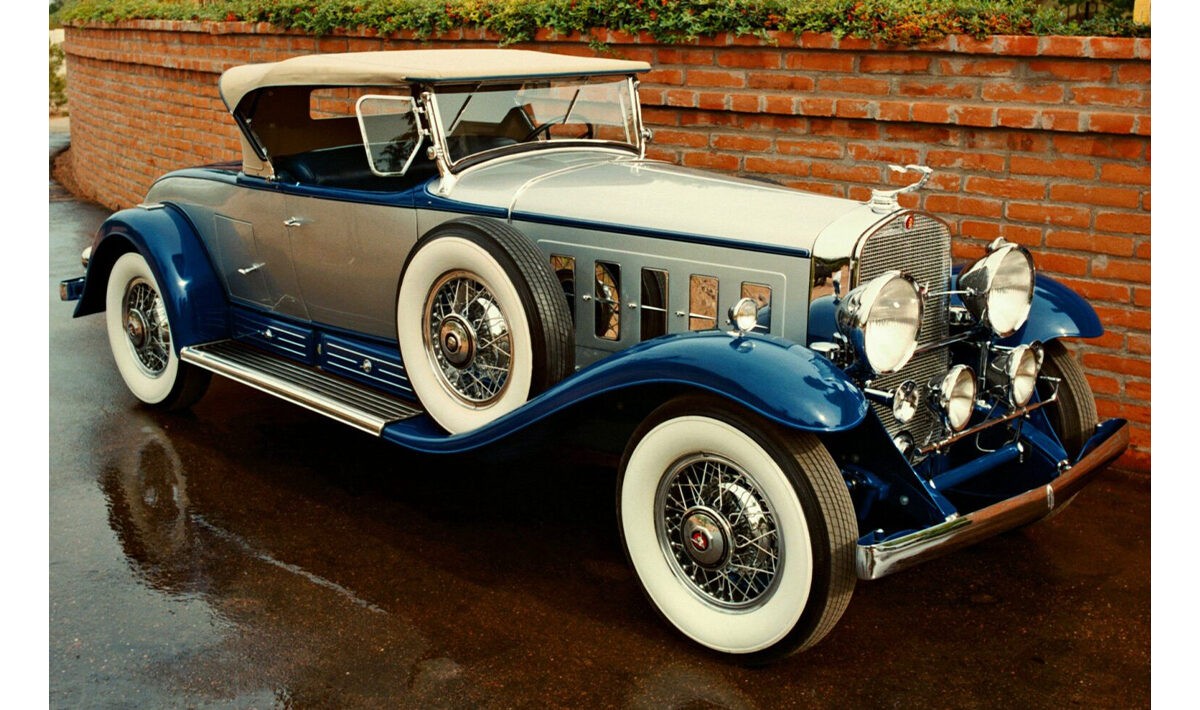
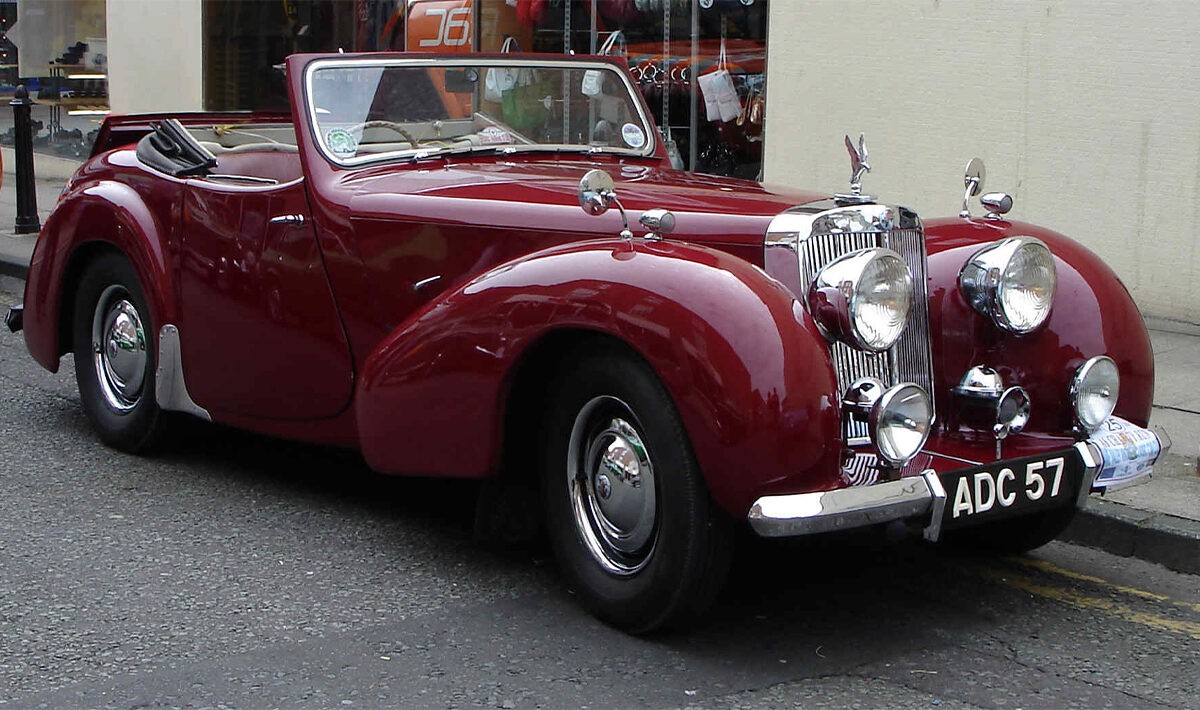
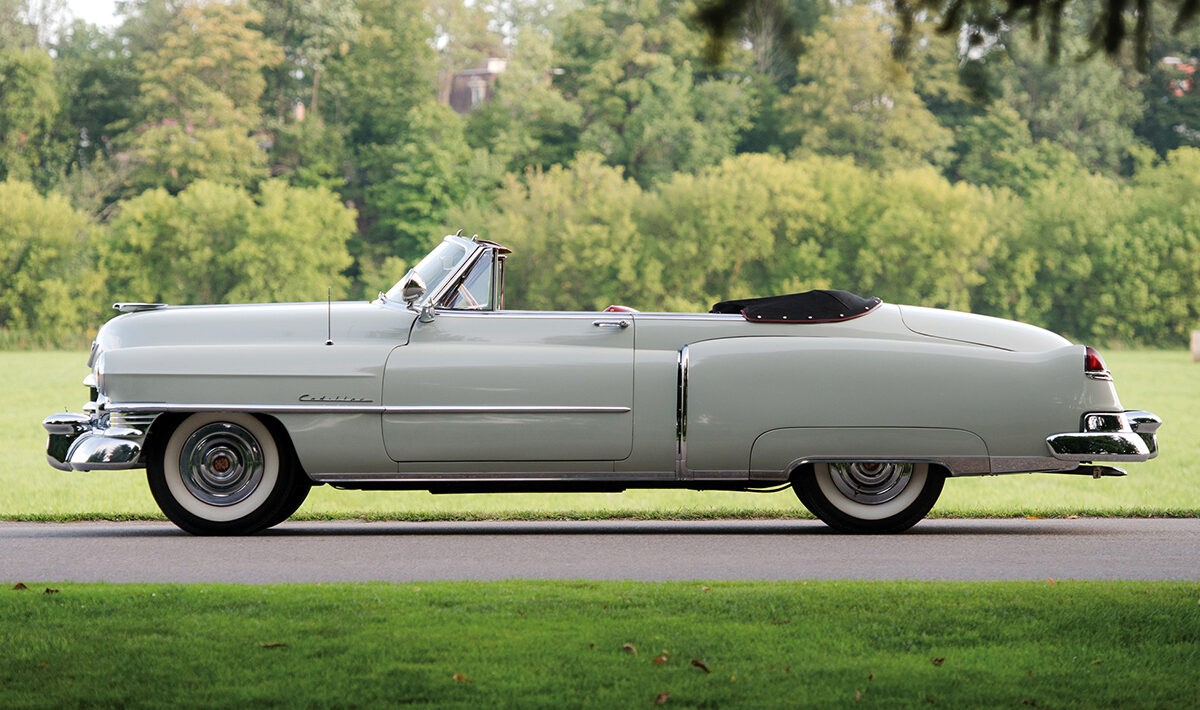
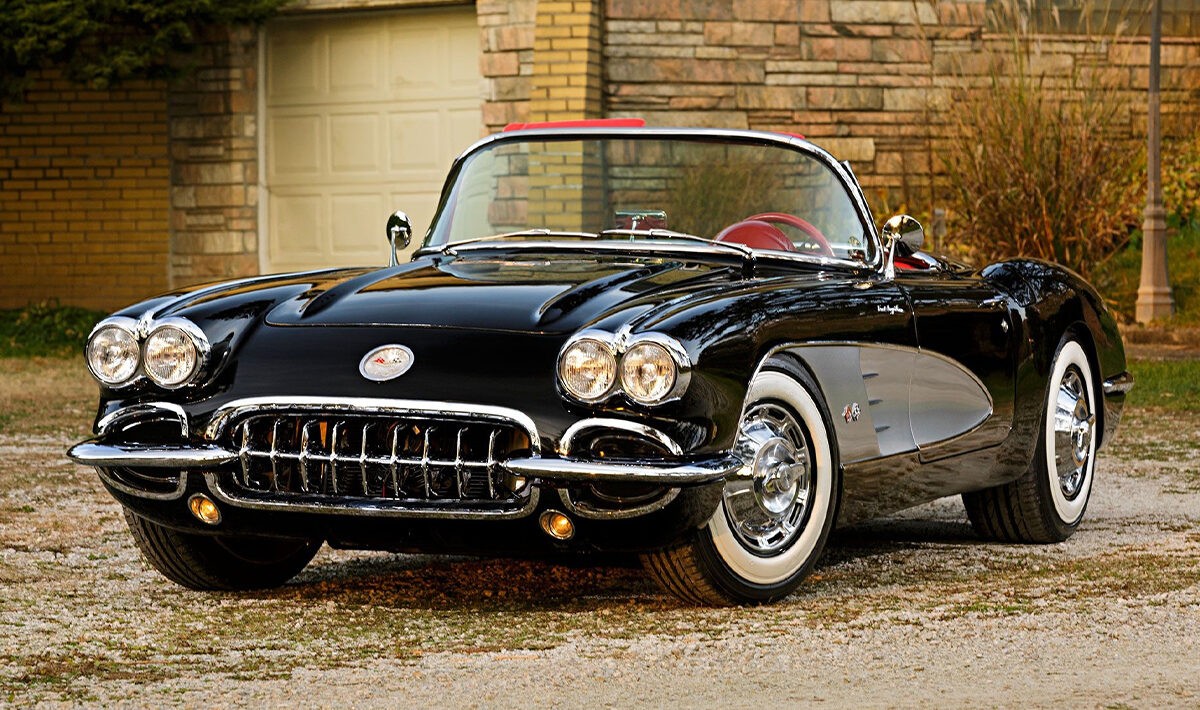
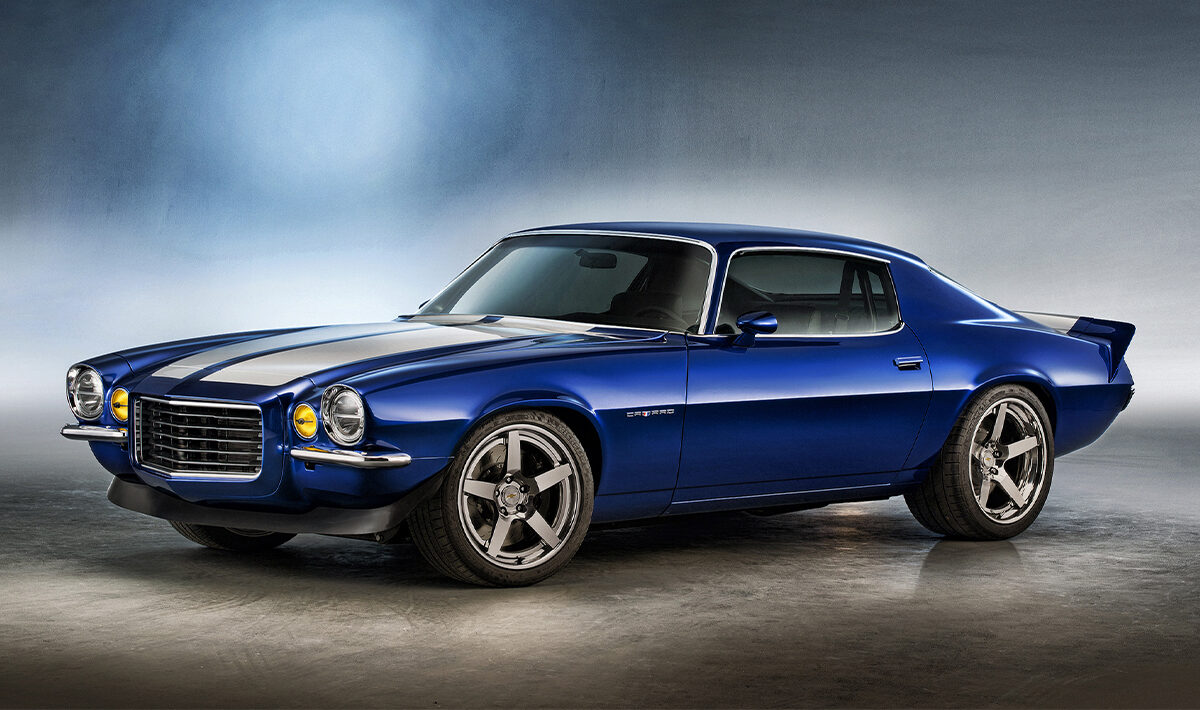
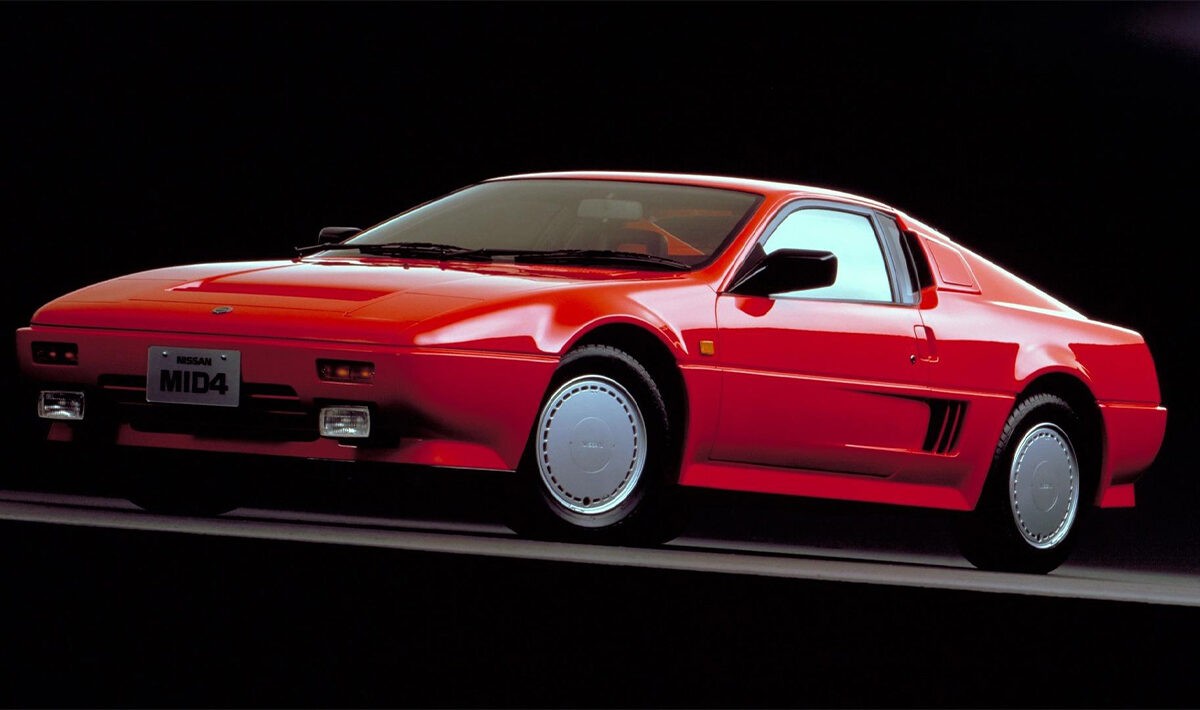
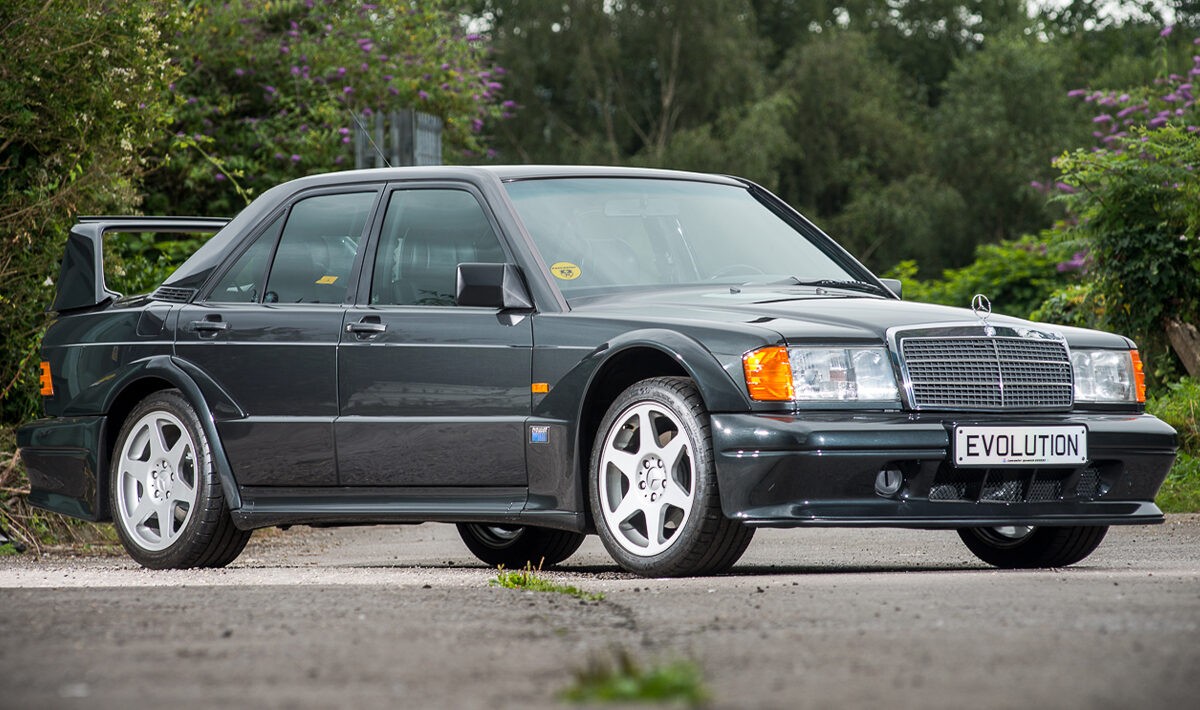
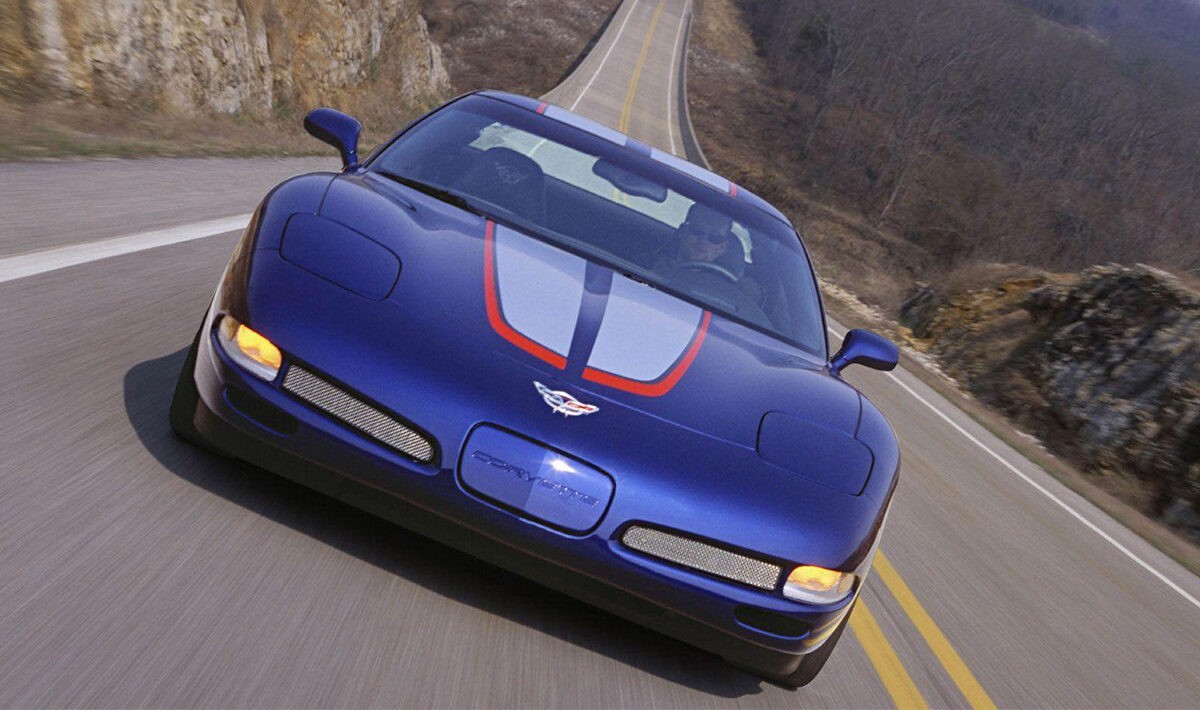
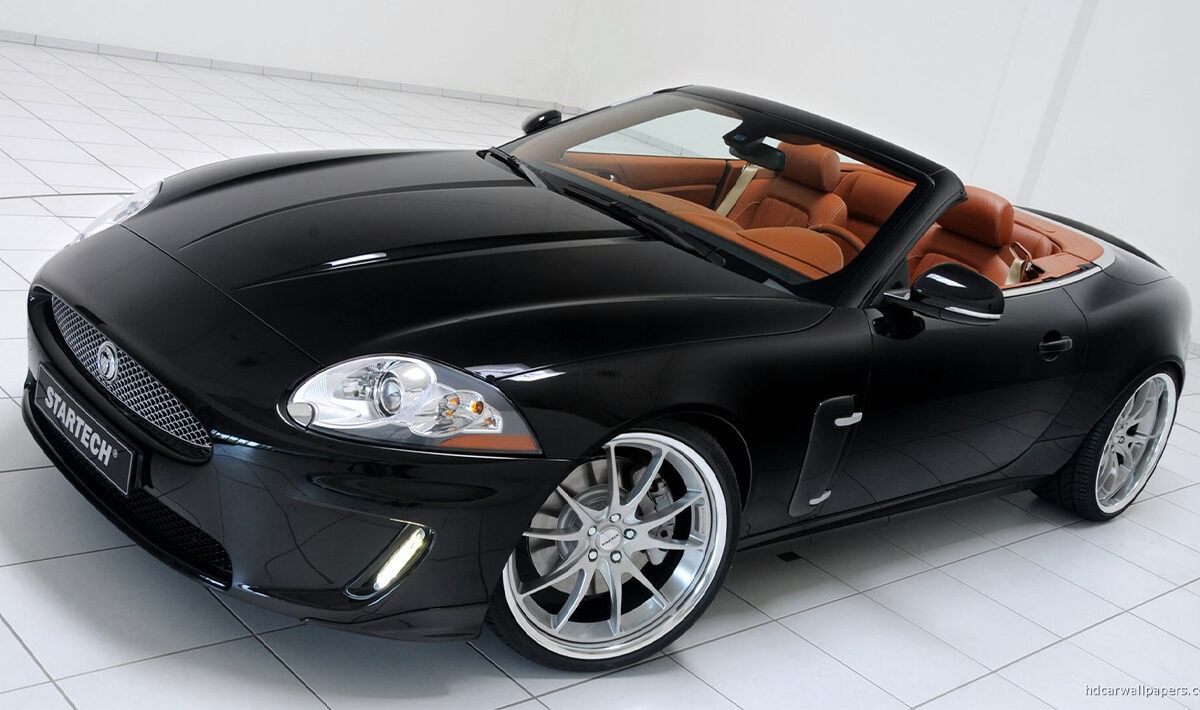
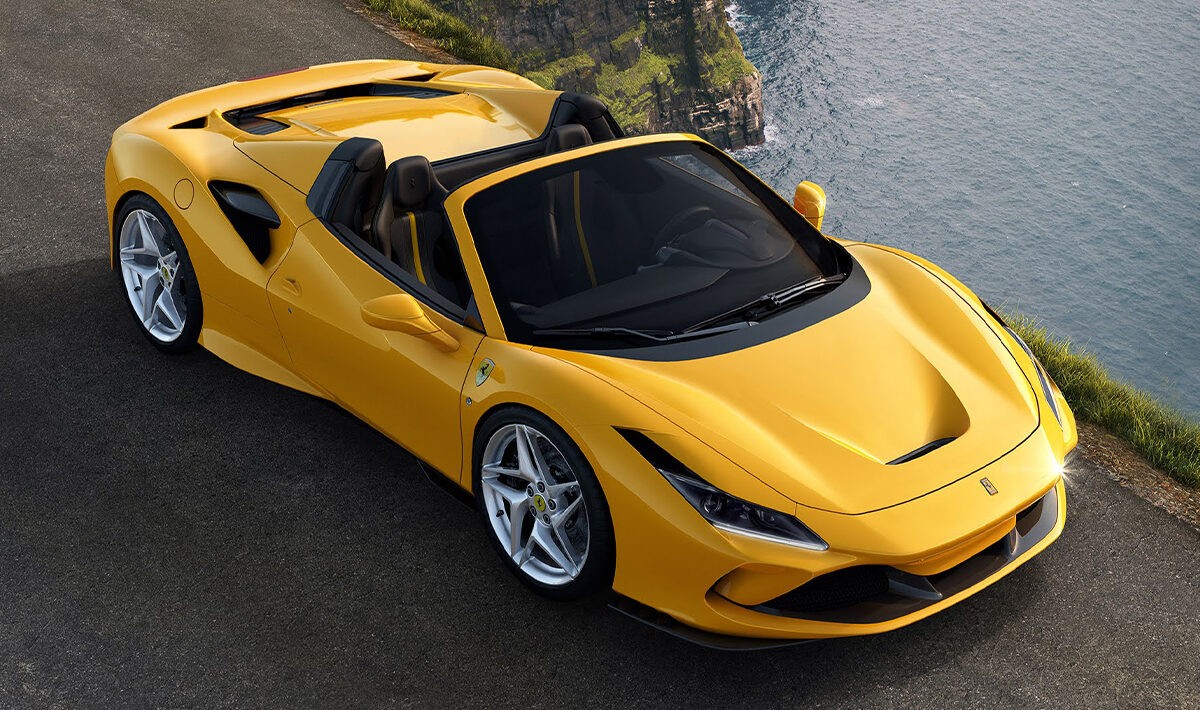
The transformation of car design and technology from their conception in the mid-19th century to today has been fascinating, with cars changing significantly over the years.
In the early days of car manufacturing, cars were designed for speed and comfort. Today, cars are designed for safety, efficiency, and convenience.
In the early 20th century, cars looked noticeably different from the cars we drive nowadays. They were made with wood, and they didn’t have any of the sleek designs that are common today.
The first decade was characterised by a number of developments that would become standard features of modern cars. The decade saw the introduction of the first production electric car, the Tiller Steamer. This vehicle used a steam engine to drive it, but had no petrol or diesel engine. It proved popular in urban areas where there was not enough room for large horse-drawn carriages to navigate through crowded streets and narrow alleyways.
The second decade saw more electric cars being produced, as well as electric buses and other forms of public transportation. UK and US governments began investing heavily in new technologies for roadways, including better roads and street lamps that illuminated roads at night.
This advancement was due to many people complaining that their favourite pastime was taken away, with the roads lacking adequate light in the evening. They demanded better solutions from their local governments before they’d get involved again with this “driving” concept – which had been around for almost two decades by then.
Fascinating Fact: The original car pictured below was invented in 1885 by Gottlieb Daimler and Karl Benz, who each shared a patent for the creation of an automobile.
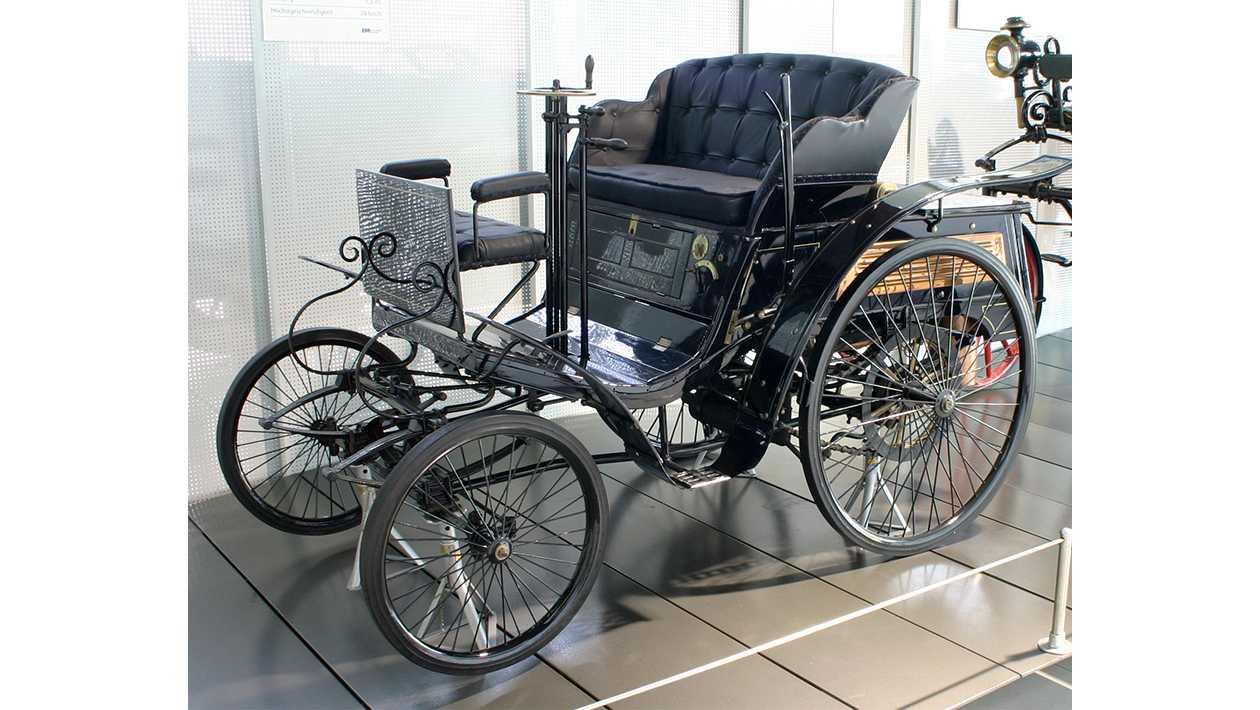
This decade was likely the most important one in the history of car design and technology. The first cars were manufactured in this decade and they began to be mass-produced. This meant that more people could afford them, which led to a growth in demand for cars. As a result, manufacturers were able to create better cars for less money, leading to even more people buying them.
This trend continued throughout the twentieth century and into the 21st century; however, there was an important shift during the 1920s: instead of manufacturing cars for everyone, manufacturers began focusing on producing luxury vehicles for wealthy individuals who wanted something fancier than what was available at that time.
The 1930s saw the development of important new technologies such as air conditioning systems (AC) and automatic transmissions (AT), which helped make driving more comfortable and safer than ever before. AC allowed drivers to travel long distances without feeling hot or sweaty; AT made it possible for one person (the driver) to control multiple gears at once using only two pedals: accelerate pedal and brake pedal.
During this decade car manufacturers began producing diesel engines instead of petrol-powered ones because they were cheaper and easier.
It wasn’t until after World War II that cars started to take on their modern-day appearance. The 1950s saw an explosion in car design, with many new models appearing each year. The 1960s saw another boom in new designs, as well as advancements in safety features and technology.
The 1970s saw more innovations in safety measures, such as seat belts and airbags, while also bringing about innovations like cruise control and automatic transmissions. In the 1980s and 1990s there were further advances made in safety features and technology, including anti-lock brakes (ABS) and electronic fuel injection systems (EFI).
Today’s cars have an incredible amount of advanced technologies on board—from navigation systems to Bluetooth connectivity to built-in satellite radio—and these developments will continue to improve cars in perpetuity!
Cars now come in an array of shapes and sizes. From SUVs to pickup trucks and sedans, they are now built for specific purposes and geared towards leisure as well as practicality. This is reflected by the fact that many businesses may require a range of vehicles to carry out their everyday operations. From mining to delivery to manufacturing, they may require bespoke fleet management to do this. It shows just how far we’ve come that we should now consult professionals to know how to deploy and manage all the vehicles at our disposal. But back to the journey…
Let’s look at the advancement of design and technology in each decade.
1900s
The early 20th century was a time of major change, and the world of car manufacturing was no exception. The first cars were designed and produced in the early 1900s, and they required lots of innovation to make them a reality.
The first cars had very limited speed capabilities and could only go up to 30 miles per hour. They were made of steel and wood, were mainly used for transportation, and had no technology. They were also very expensive due to their lack of standardisation and complex design.
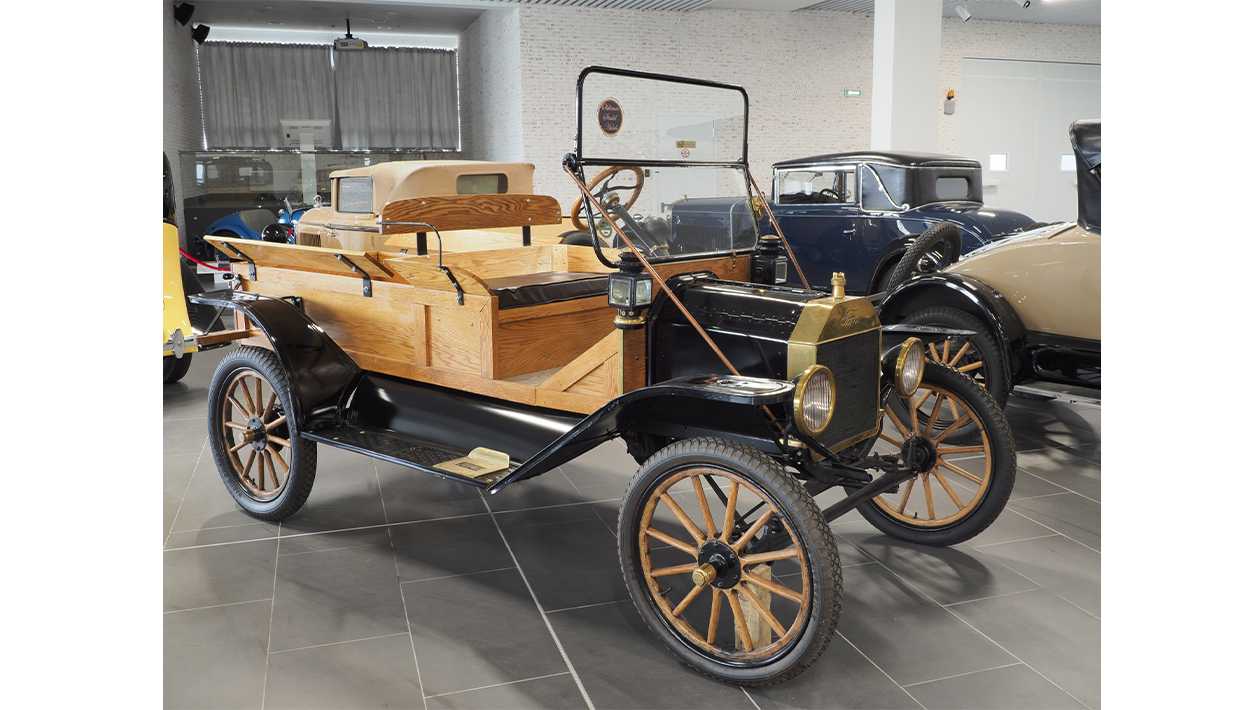
There was a rise in automobile production, as well as an increased demand for cars. The designs of new cars were becoming more complex and innovative, with manufacturers beginning to experiment with different types of engines.
The first electric starter was invented in 1909, making it much easier for people to start their cars without having to crank them by hand.
1910s
During the 1910s, cars began to use more steel and less wood as materials for their bodies and frames. This was due to advances in technology that allowed for mass production of these materials at lower costs.
Automobiles also started using electrical devices such as lights, horns, starters and ignition systems in this decade. Mechanical parts such as engines were still driven by petrol or steam-powered engines though, so there wasn’t much of a difference in their look from previous decades.
Minor cosmetic changes like headlights being added on top instead of underneath were due to automobiles becoming powered by electricity instead of mechanical means. This caused them to become more streamlined in appearance in comparison to earlier models, which had fewer aerodynamic lines because they didn’t have any lights installed.
In 1910, Henry Ford introduced the Model T (below), which was an affordable car that many people could afford. The Model T was produced from 1908 to 1927, with a total production of 15 million units. It had a four-cylinder engine that produced 20 horsepower at 1,200 rpm. However, its top speed was only 45 mph due to its weight of 2,200 pounds (1 ton). It had a maximum range of 100 miles before needing refuelling but it could only carry two passengers comfortably.
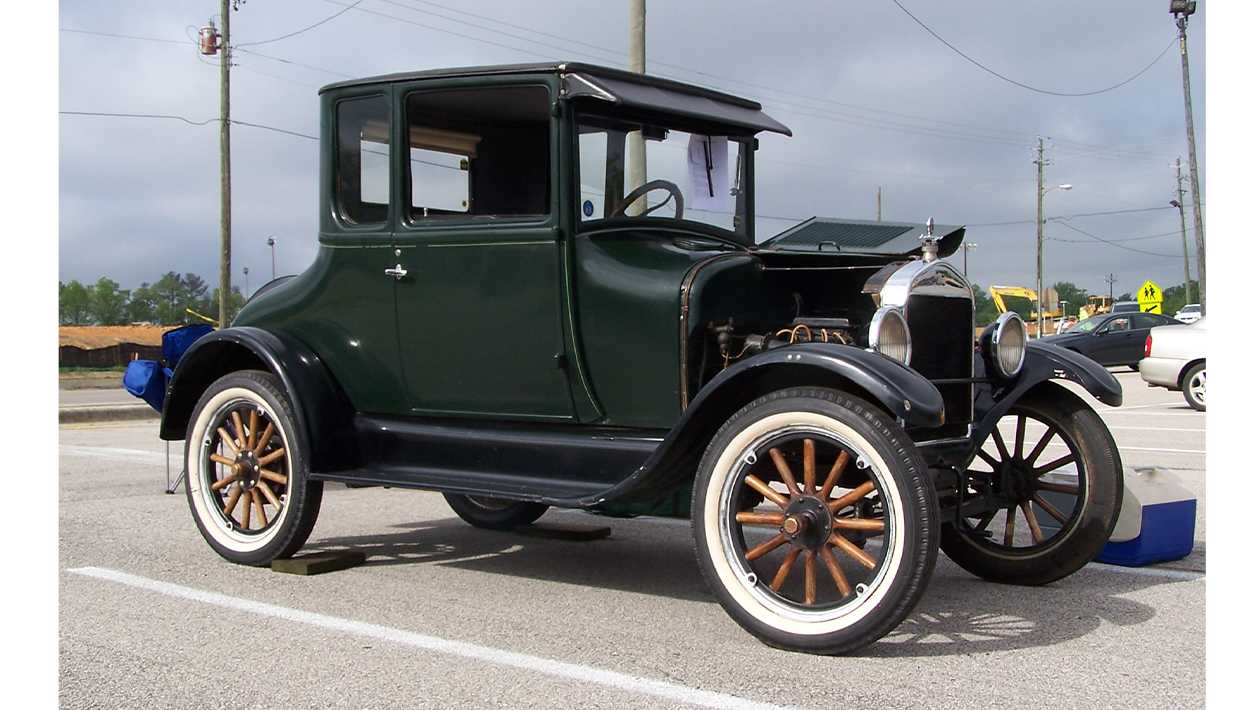
The Model T did not offer any safety features such as airbags or seat belts; however, it did have a padded dashboard that could protect passengers in case they crashed into something hard like a telephone pole or tree stump. The driver’s seat was also adjustable so that drivers could adjust their position depending on how tall they were.
One interesting innovation introduced by Ford Motors was their first moving assembly line which allowed workers to build cars more efficiently than ever before by reducing waste time between each step of production, where parts are changed out between each worker until completion.
1920s
In the 1920s, cars were still relatively new and there was a lot of room for improvement in design and technology. Cars became much more affordable to the masses during this time period. In fact, Ford’s Model T was only $850 when it was first introduced in 1908; by 1923 it had dropped to just $260!
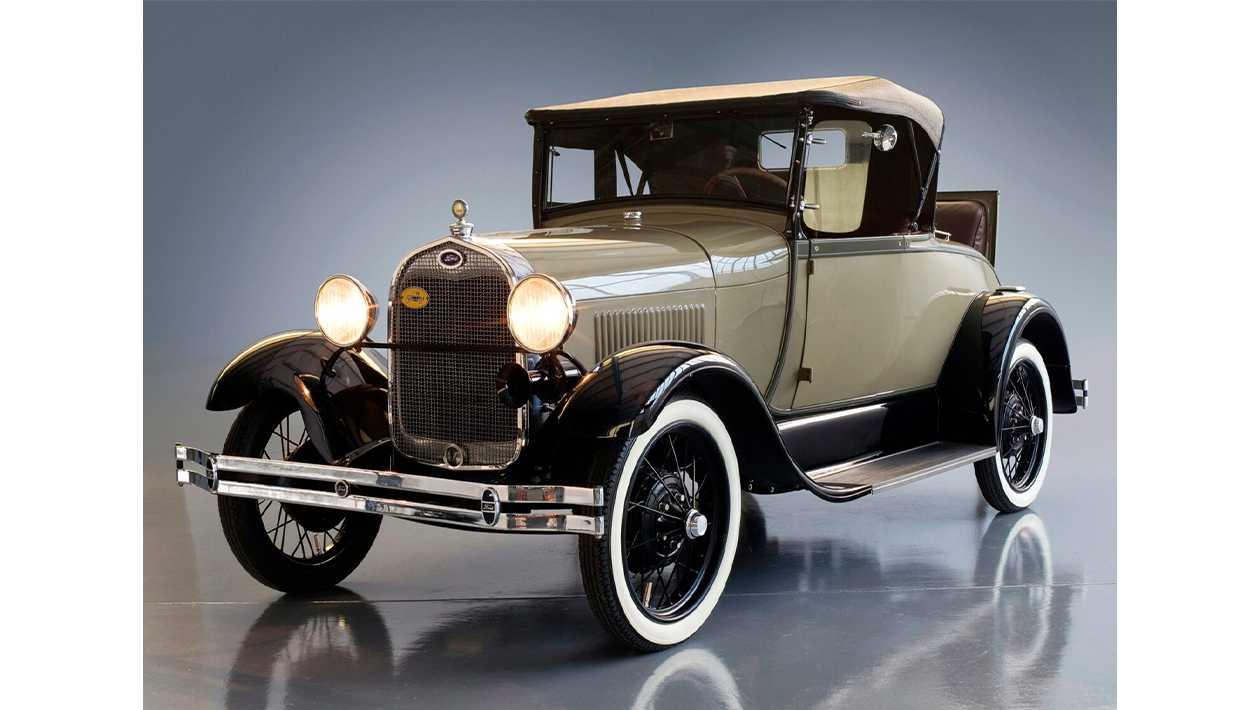
Advancements in technology in this decade allowed cars to reach speeds of over 100 miles per hour, a huge improvement from their original capabilities. However, these early cars were still quite expensive due to their lack of standardisation and complexity.
1930s
The 1930s saw many innovations, such as Chevrolet introducing their “Safety Door Latch” which prevented doors from opening while driving at high speeds. This was an important safety feature that made driving much safer than before.
Another significant innovation during this decade was the introduction of air conditioning systems which cooled down cars by blowing cold air through vents placed throughout the interior cabin space. These systems were often used on long road trips, such as cross-country jaunts or trips abroad, where temperatures could get uncomfortably hot inside an enclosed space.
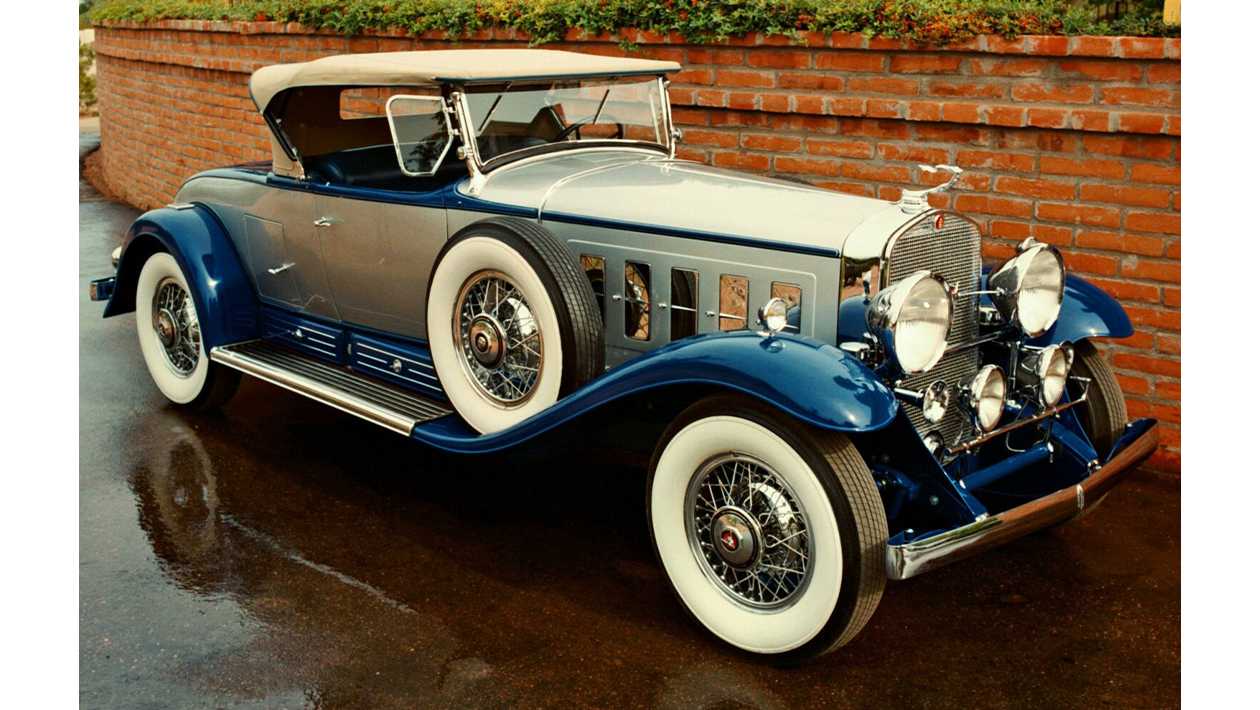
During this decade, car manufacturers began designing cars that were more affordable for people of all walks of life by using standardised parts. This helped make them more accessible for people who couldn’t afford high-end models (i.e., farmers). It also meant that fewer parts would need replacement or repair after accidents, as less moving parts were needed in keeping these vehicles running smoothly. When parts had to be replaced newer ones could be simply purchased affordably from local auto shops.
1940s
In the 1940s, car design and technology went through a dramatic shift. This was an era of experimentation, as both artists and engineers started to try out new ideas.
For example, designers experimented with using curves and rounded edges on cars, which was unusual at the time. In addition to this, they also experimented with using new materials in car bodies, such as aluminium and fibreglass.
The body shape of cars changed significantly during this period as well, becoming longer and lower than before. These changes were influenced by aerodynamic principles that were being developed at the time.
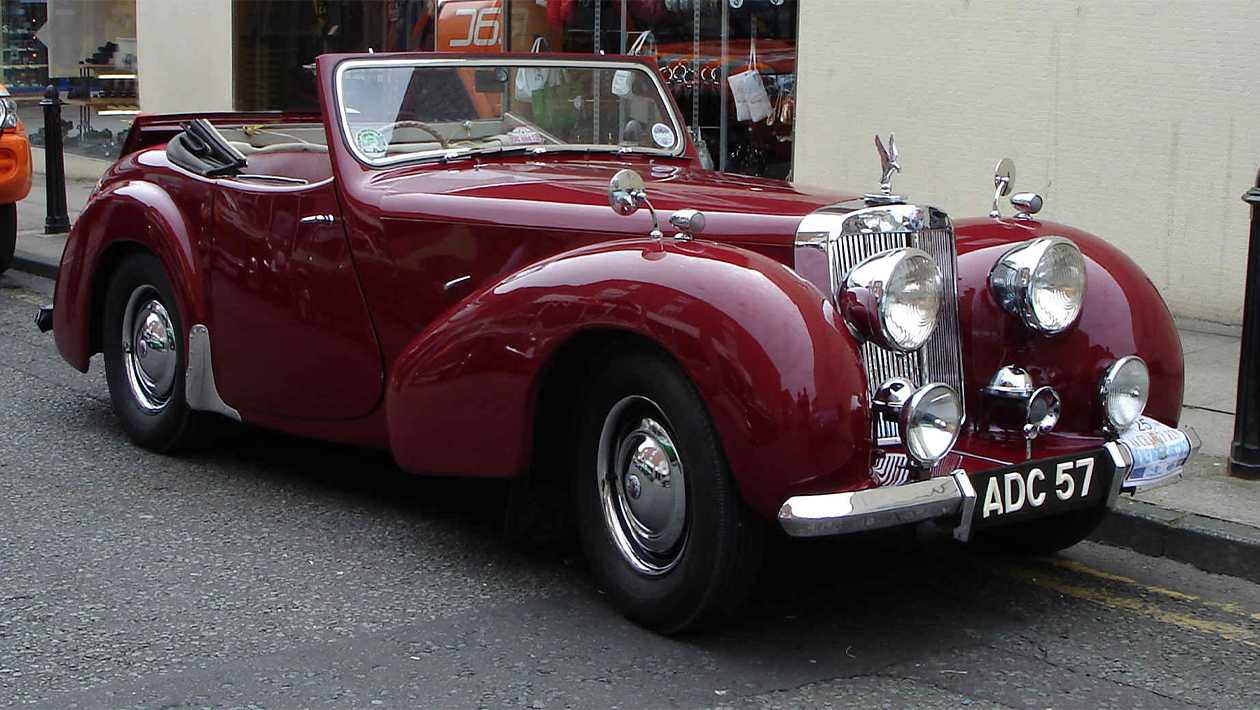
Cars became faster too — this was due in part to better engine performance but also because of changes in transmission technology. The manual transmission was replaced by an automatic one during this period because it allowed for smoother shifts between gears and reduced driver fatigue during long drives.
Cars also became more reliable during this time period due to improvements in electrical systems such as ignition systems and fuel injection systems that made them easier to maintain over time (which was crucial during World War II).
1950s
Some of the most enduring vehicles of the 1950s include the Cooper Mini, Volkswagen Beetle, and Citroen DS, all of which deviated from the excessively finned, chrome widebody designs that hallmarked auto production.
Some of the most notable advancements and trends during this time period included in 1951, Cadillac introducing the first overhead valve V8 engine, which was more powerful and efficient than previous engines.
In the mid-1950s, car designs began to incorporate more chrome and fins. This was partly due to the influence of the space age and the desire to make cars look more futuristic. Automatic transmissions became more commonplace, making driving easier and more convenient for many people.
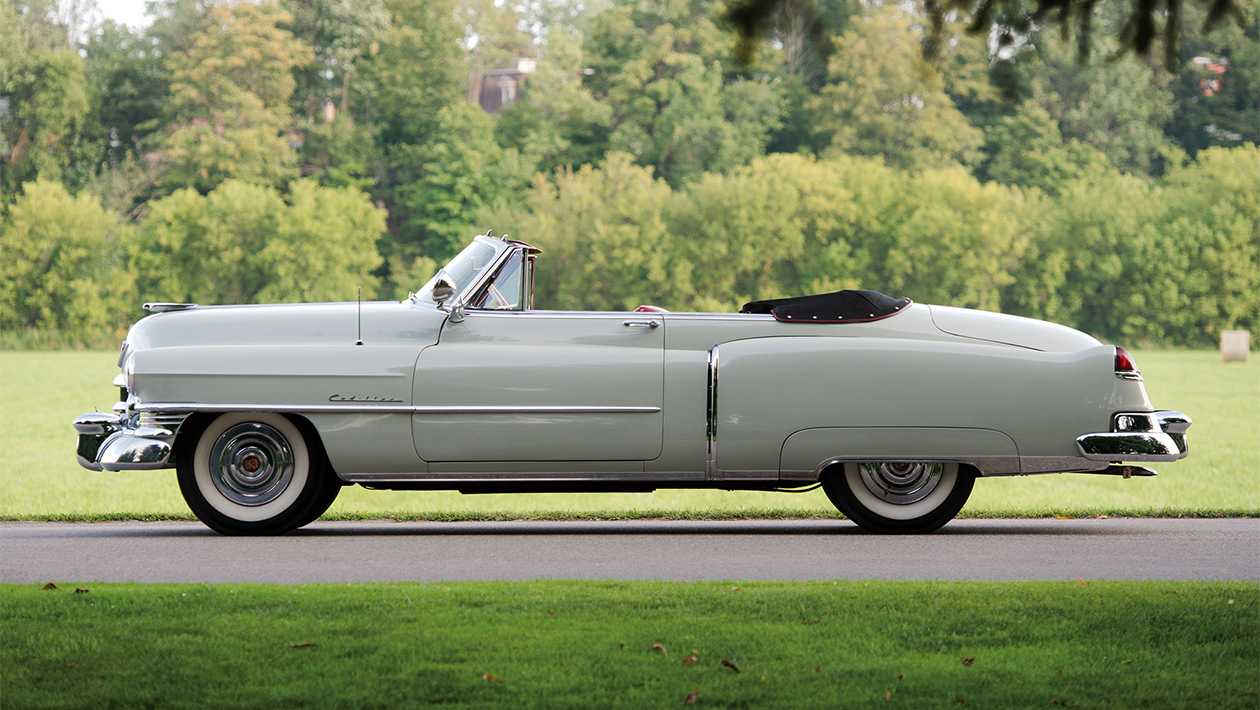
Two-tone paint jobs became popular in the 1950s, with contrasting colours used for the roof and body of the car. The iconic tail fins on cars like the 1959 Cadillac were a design trend that originated in the mid-1950s. They were meant to evoke the look of jet planes and symbolise the optimism of the space age.
Power steering and power brakes became more widespread features and made cars easier to handle and safer to drive.
1960s
In the early 1960s, muscle cars became popular. These were high-performance cars with powerful engines and sporty designs. As the decade progressed, car manufacturers began to focus more on safety features. Seat belts, padded dashboards, and other safety features became more common.
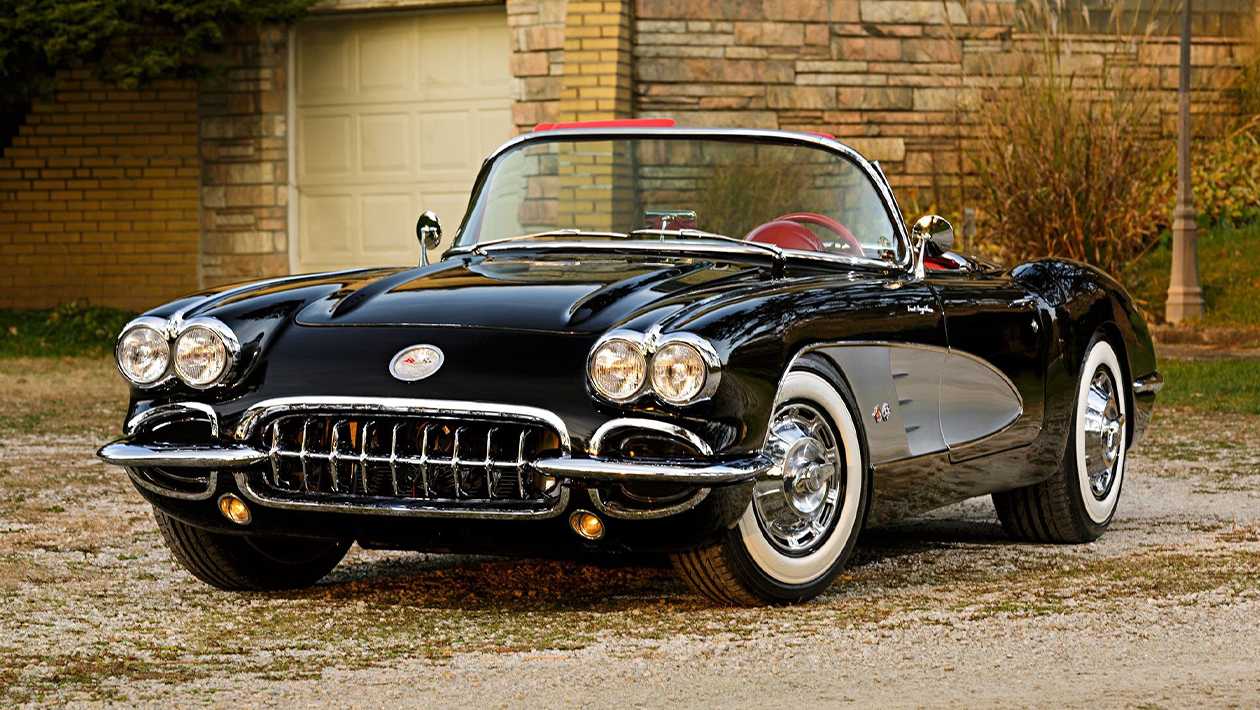
Car designs became more aerodynamic, with smoother lines and more rounded shapes. Many cars began to use unibody construction, which eliminated the separate chassis and body of the car. This made cars lighter and more fuel-efficient.
Front-wheel drive became more common, which improved handling and traction. In the middle of the decade, personal luxury cars became popular. These were large, luxurious cars with sporty designs and features like air conditioning, power windows, and power seats.
1970s
In the early 70s, affordability was forced into the forefront of considerations in the auto industry because of the oil embargo. Oranges, blues, greens, and reserved-for-race-cars red — after Porsche issued their 911 in 39 choice hues, with earthy browns and greens also remaining popular.
In response to the oil crisis, car manufacturers began to produce smaller, more fuel-efficient cars. In 1975, catalytic converters became standard on all cars. These devices reduced emissions and improved air quality.
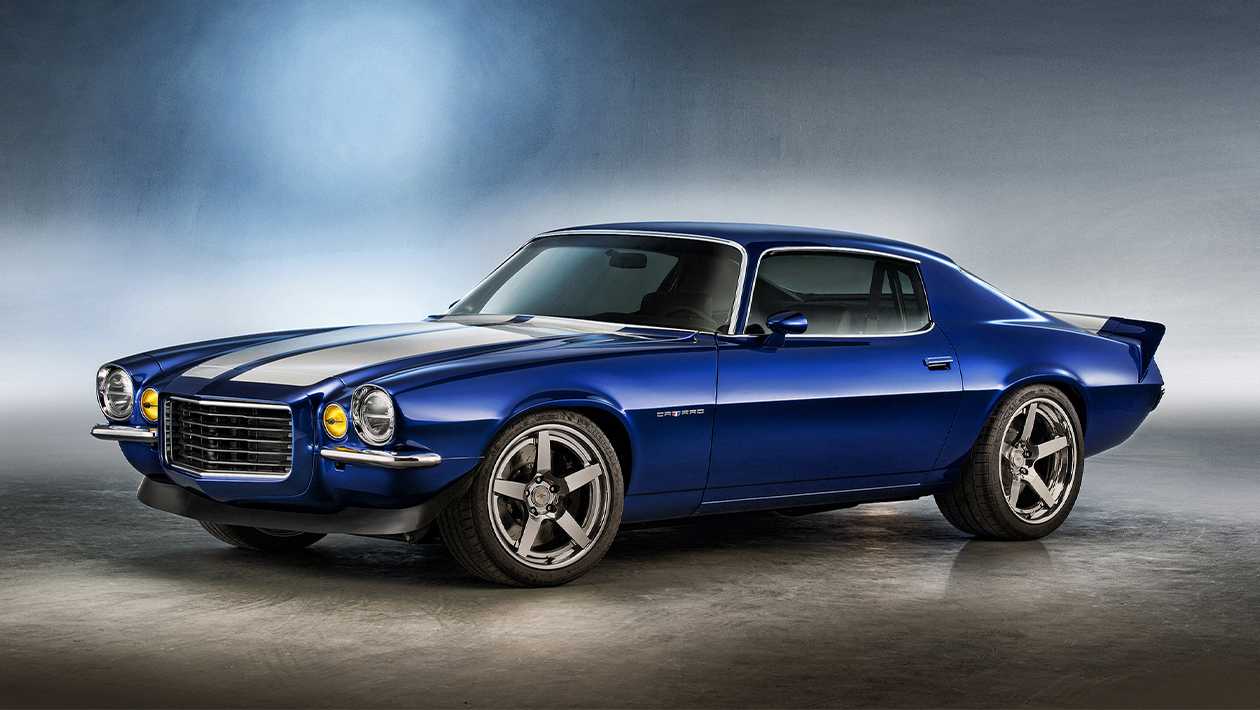
Electronic ignition systems replaced older mechanical systems in the 1970s. These systems were more reliable and efficient. This decade also saw the introduction of many new safety regulations for cars, including requirements for bumpers and headrests.
Hatchbacks became more popular, providing a more practical and versatile alternative to traditional sedans. Turbocharging became a feature too, improving the performance and efficiency of many cars.
1980s
The 80s saw a move towards boxy, generic, and in truth uninspired car design as consumers pushed the market towards more pressing concerns, such as safety and fuel efficiency. There were, of course, a few notable exceptions, like the time-machine-worthy DMC DeLorean.
Car designs became more aerodynamic in the 1980s, with smoother lines and more rounded shapes. This decade saw electronic fuel injection come into play, replacing older carburettor systems. More cars had front-wheel drive, as manufacturers continued to focus on improving handling and traction.
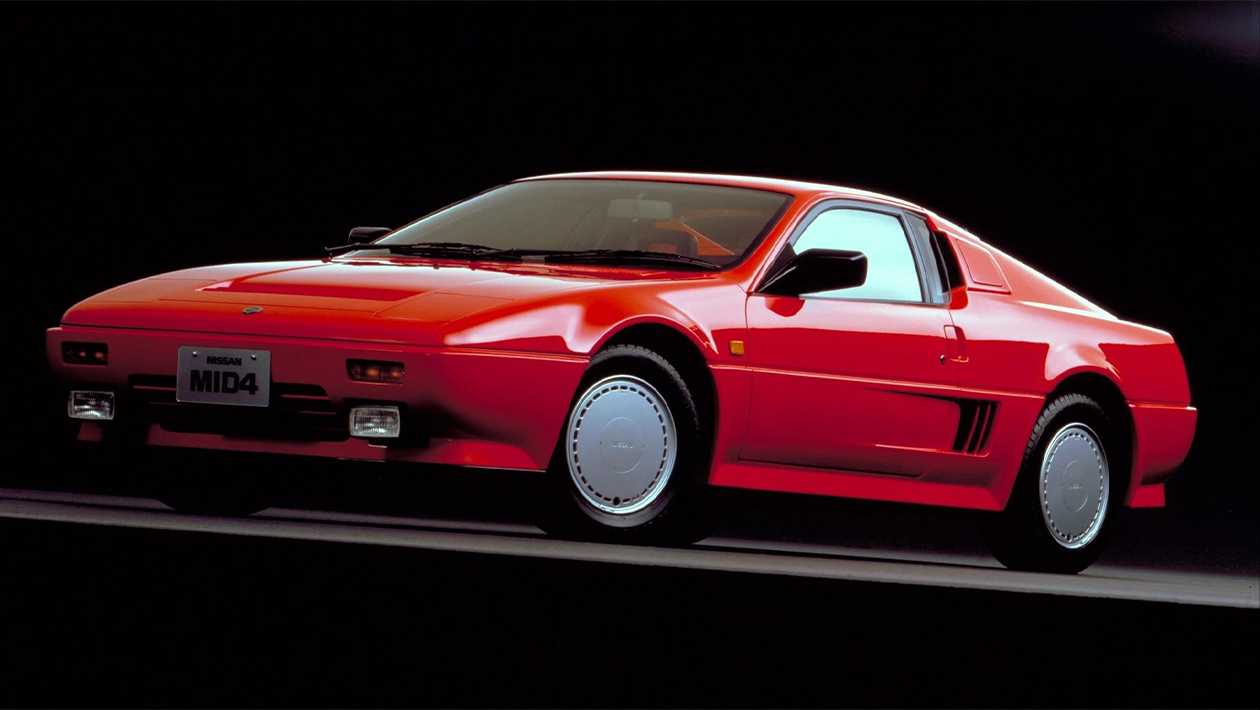
It was in this decade that digital displays began to replace older analog gauges. This provided more accurate and reliable information to drivers.
Alongside this technological advancement, anti-lock brake systems became more common, improving safety and handling in wet or slippery conditions. More safety features were added, with airbags introduced for both drivers and passengers.
1990s
The 90s brought an undeniable reaction to the humdrum concepts of the 80s; refined contours and curves had a renaissance, most notably with higher-end sports cars like the Porsche 911 and the more modest Mazda Miata.
In the early 1990s, the popularity of SUVs began to rise. These vehicles provided a combination of off-road capability and passenger comfort. Also, electronic stability control became more common, helping to improve handling and prevent accidents.
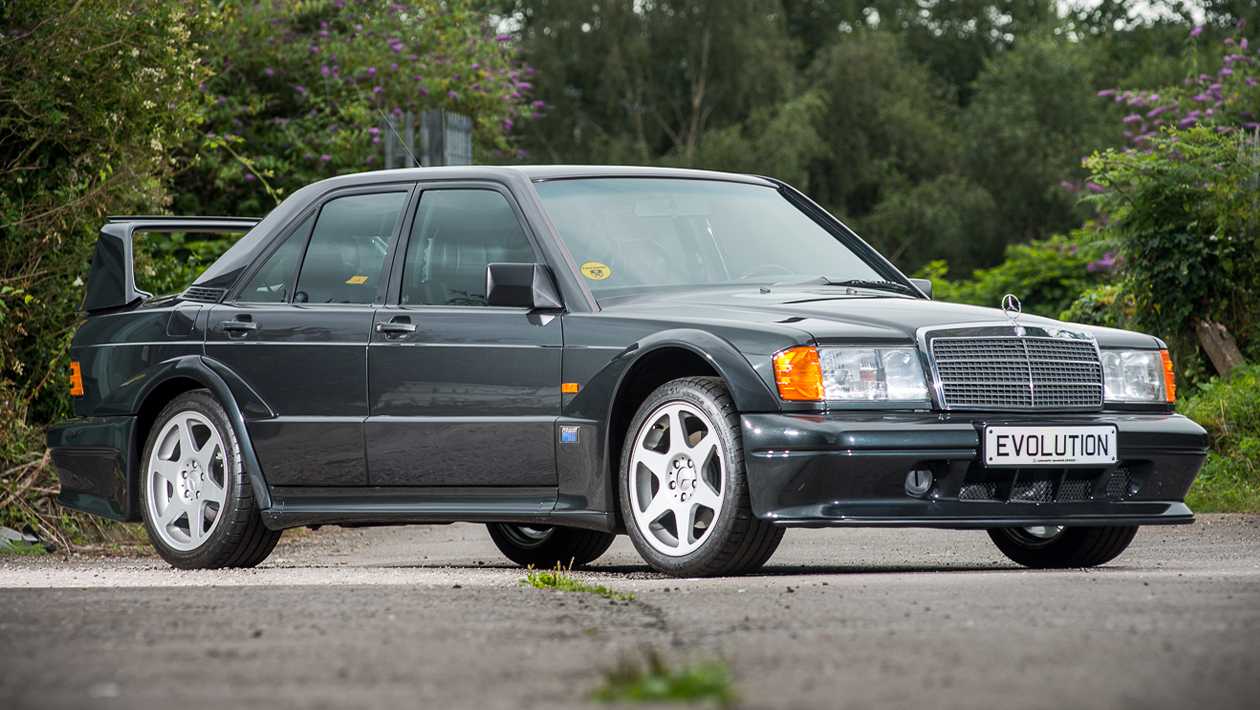
It was in this decade that the first hybrid cars were introduced, providing a more fuel-efficient alternative to traditional petrol-powered vehicles. Keyless entry systems came onboard, giving drivers a more convenient way to lock their cars.
GPS navigation systems began to appear in cars towards the end of the 90s, providing drivers with turn-by-turn directions and mapping. Even more features of convenience came into play, including car audio systems continuing to improve, with many cars featuring high-quality sound systems with CD players and even subwoofers.
2000s
The naughts saw an explosion of car design in all shapes, forms, and styles, making it difficult to tack down a common thread in their look. The variety in form has not translated to a variety in hues: white, silver, black and grey are the most popular exterior colours of the day. However, it’s undeniable that the pre-eminence of the SUV, cemented over the course of the last decade, was in many ways replacing the elegant sedans and roadsters of decades gone by.
During this decade, car manufacturers began to introduce advanced safety features such as lane departure warning, adaptive cruise control, and blind spot monitoring.
Hybrid and electric cars became more common in the 2000s, with many car manufacturers introducing new models that were more fuel-efficient and produced fewer emissions. Bluetooth connectivity made life easier for drivers, allowing them to connect their phones to their cars and make hands-free calls.
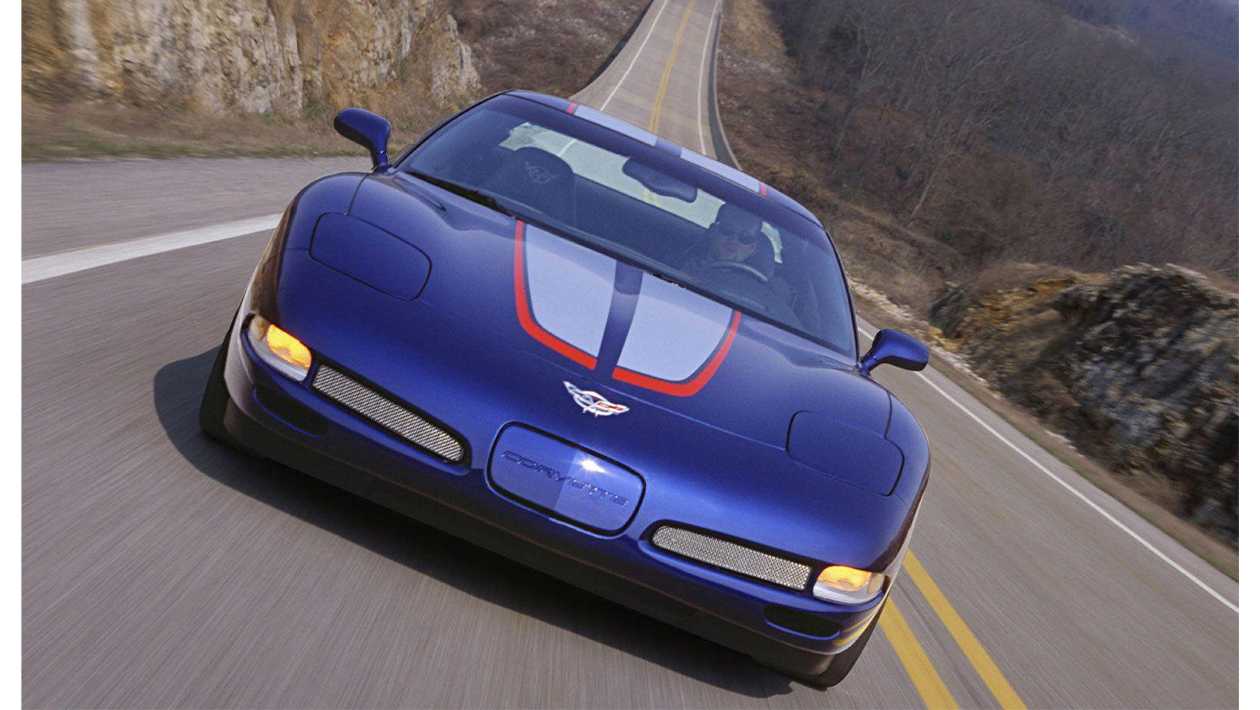
Technological advancements improved car audio and entertainment systems, with many cars featuring high-quality sound systems, MP3 compatibility, and even DVD players. Keyless start systems allowed drivers to start their cars with the push of a button.
Car designs began to favour more rounded shapes with softer curves. This was partly in response to changes in safety regulations, as rounded shapes were considered to be safer in the event of a collision.
2010s
In the 2010s, car manufacturers began to introduce self-driving technology. This technology included features such as lane departure warning, automatic emergency braking, and adaptive cruise control.
Electric cars became more commonplace in this decade, with many car manufacturers introducing new models that had longer ranges and faster charging times. Alongside this, car infotainment systems continued to improve, with many cars featuring touchscreens, voice recognition, and even Apple CarPlay and Android Auto integration.
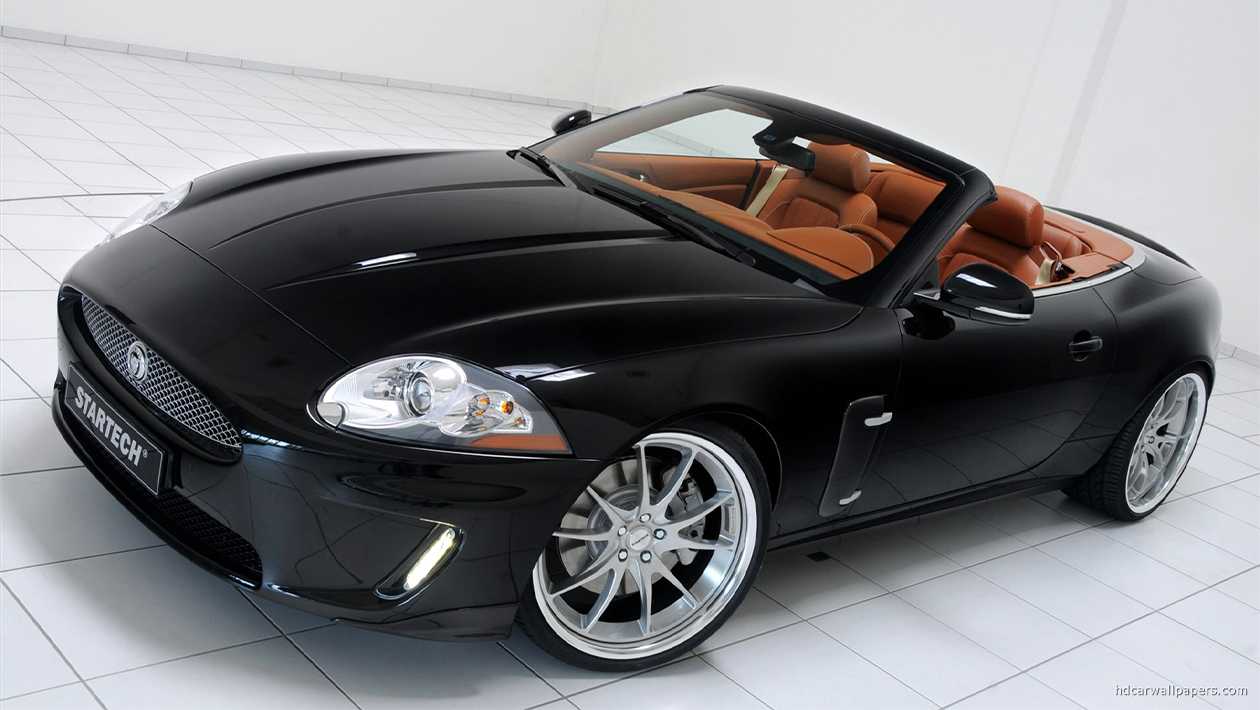
Car manufacturers began to use more lightweight materials, such as aluminium and carbon fibre, in order to improve fuel efficiency and performance. Car designs began to favour more angular shapes and sharp lines. This was partly in response to changes in safety regulations, as these shapes were considered to be more crash-resistant.
Safety features became more advanced, such as rearview cameras, blind spot monitoring, and forward collision warning.
2020s
Although the 2020s are still ongoing, there have been several notable advancements and trends in car design and technology during this time period. Electric and hybrid cars continue to grow in popularity, with many car manufacturers delivering new models with longer ranges and faster charging times. This can also be said about autonomous driving technology, as it is becoming more advanced and widespread, with features such as self-parking and motorway driving assistance being introduced.
New safety features are being added, such as pedestrian detection, automatic emergency braking, and adaptive headlights.
Sustainable materials are increasingly being used by car companies, such as recycled plastics and natural fibres, in order to reduce their environmental impact.
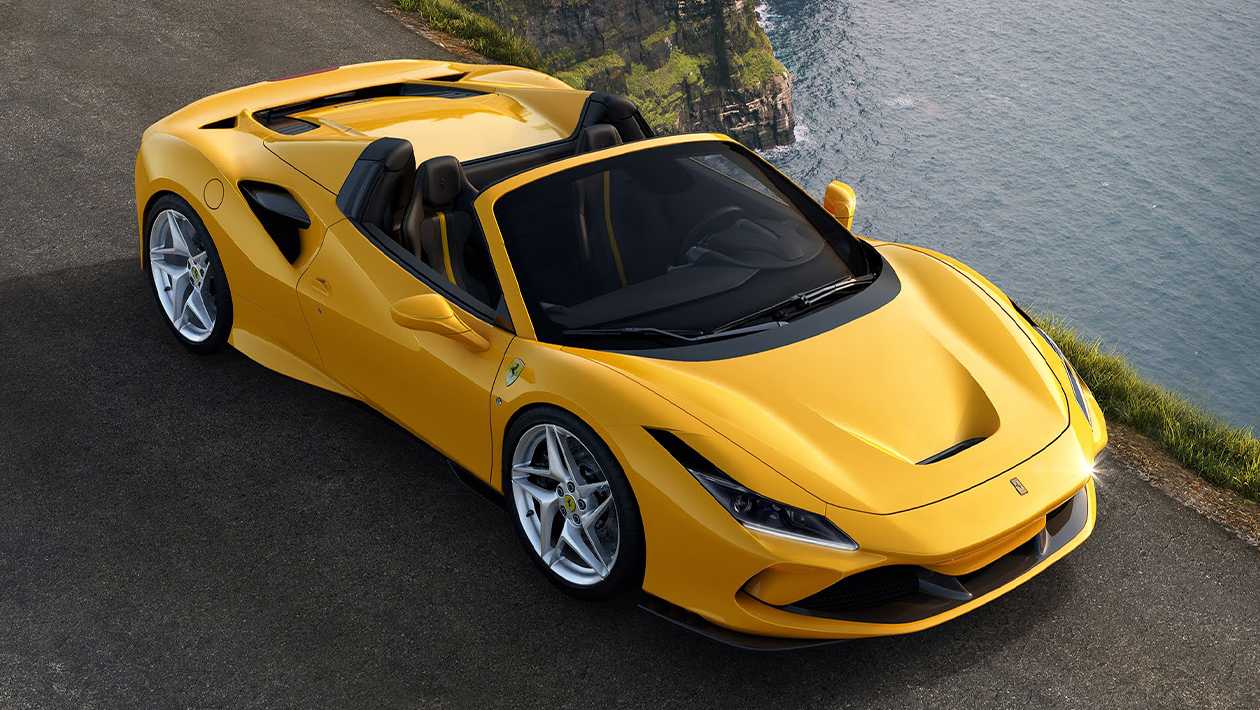
Car designs are becoming more aerodynamic and futuristic, with sleek lines and advanced lighting technology. Infotainment systems continue their advancement and integration, with many cars featuring touchscreen displays, voice recognition, and even augmented reality displays.
Looking to the future, it is likely that car manufacturers will continue to invest in electric and autonomous driving technology, as well as advanced safety features and infotainment systems. There may also be a focus on further reducing the environmental impact of cars, through the use of sustainable materials and alternative fuel sources.
Additionally, there may be a continued trend towards more streamlined and futuristic designs, as car manufacturers look to differentiate their products in an increasingly competitive market.
Make sure that you are subscribed to our newsletter and following us on our social media channels to keep up to date with news, reviews, more “car in the spotlight” features and of course our competitions.
Follow us on Instagram | Follow us on YouTube | Follow us on Facebook | Follow us on Twitter

Read more on

Do you have a passion for cars? Would you like to join the My Car Heaven team?
Get in touch, we'd love to hear from you.
Find out moreRelated Stories
Advertisement Advertisement
Advertisement Advertisement
Advertisement

